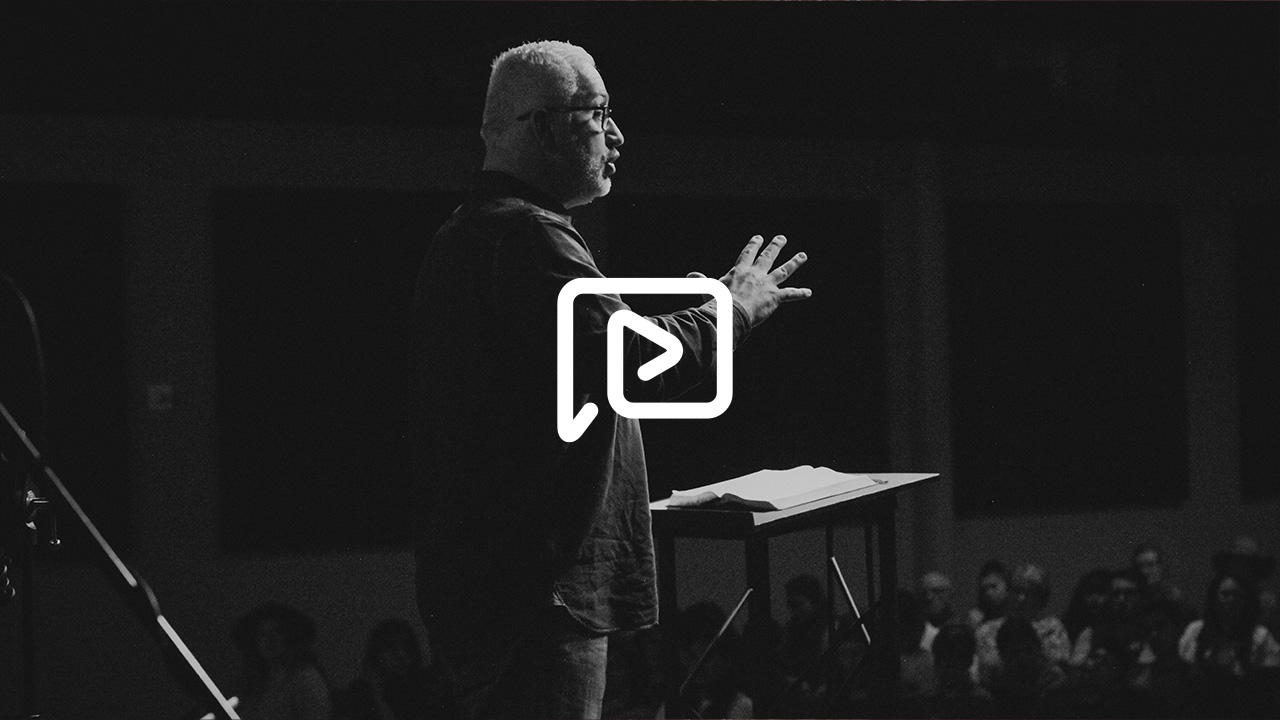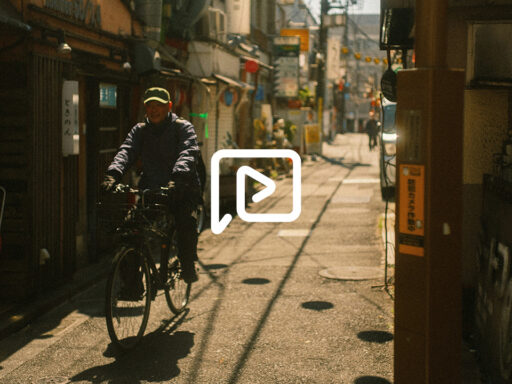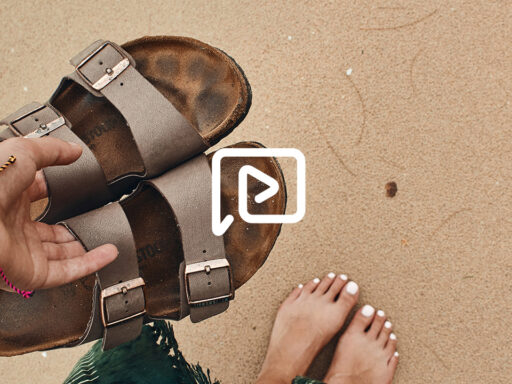People don’t pay attention.
That’s the mantra everyone chants when a campaign flops.
But hold up—those same people who “don’t pay attention” will binge 10 hours of Love Is Blind without blinking.
So maybe, just maybe, it’s not attention that’s missing.
Maybe it’s meaning.
We’ve hit the era of overstimulation. Everyone’s juggling too much information, too many apps, too many opinions.
It used to be FOMO—Fear of Missing Out.
Now it’s JOMO—Joy of Missing Out.
Silence is sexy. Frolicking on a mountainside feels like paradise.
You’re not lazy. You’re overloaded.
So what does that mean for your next campaign?
How do you make people care in a world begging them to care less?
Here’s a wild thought:
Campaigns shouldn’t be built to sell.
They should be built to teach.
Let’s flip the script. Everyone learns differently.
Some folks are visual. Some need audio. Some need to do before they understand.
So instead of trying to blast your message across ten platforms just to inflate your “reach” metric…
What if you used each platform as a different mode of learning?
That’s not repurposing content for efficiency. That’s repurposing content for impact.
Big difference.
The future of selling isn’t force.
It’s flow.
It’s not “look at me!”
It’s “here’s what you need to know.”
And then stepping back.
Selling today is more like being a librarian than a loudspeaker. You’re curating. You’re guiding. You’re making the path clear.
But you don’t push people down it.
Because they can smell the push from a mile away.
People are becoming bullshit bloodhounds.
The old tactics—scarcity, urgency, fake “limited offers”—they don’t work anymore.
They insult your audience’s intelligence.
So what does work?
1. Start With the Facts
What’s the product?
How much does it cost?
Where can I get it?
What problem does it solve?
Cut the fluff. Don’t make me dig for basic info.
2. Show Me People, Not Marketing
No one trusts your slick ad copy.
They trust other people who’ve tried the thing.
So hand out samples. Collect reviews. Highlight the good, the bad, the real.
Let users do the talking.
3. Post Progress, Not Perfection
Your product’s evolving? Good.
Tell me.
Is your furniture brand improving design to save costs under new tariffs?
Is your café experimenting with roast profiles for better flavor?
Share the tweaks. Show momentum.
People believe in progress more than perfection.
4. User-Generated Everything
Let people create content with your product.
Think: a YouTuber reviewing your gadget.
A TikToker unboxing your merch.
People trust people. Always have. Always will.
5. Make It Frictionless
Don’t make me jump through 14 hoops to buy toothpaste.
There’s a ratio: friction vs. value.
If I’m buying a house, I’ll tolerate paperwork.
If I’m buying gum? Don’t make me create an account.
We don’t endure friction for superficial luxury.
We endure it for investment. For returns—money, time, status.
6. Price Like It Means Something
Pricing isn’t just numbers. It’s a signal.
There are three schools of pricing:
- Exclusivity – High price equals high status. Think luxury watches or fine art.
- Access – Low price opens a door. Think Notion templates or Canva subscriptions.
- Necessity – You’ll pay anything if your life or job depends on it. Think medical treatments or mission-critical tools.
Each pricing model says something.
Choose yours wisely. Don’t just pick a number. Pick a story.
7. Understand Motivation vs. Effort
BJ Fogg’s behavior model breaks it down:
High effort means you need high motivation.
Low motivation? Then your offer better be low-effort too.
The more value something gives me, the more work I’m willing to do.
But if you’re asking me for my time, energy, and data…
That thing better change my life.
Or at least make it a little easier.
Campaign burnout doesn’t happen because people don’t care.
It happens because the campaign doesn’t understand people.
So here’s the new way to build:
Give people clarity.
Let them learn.
Meet them where they are—on platforms that match how they absorb information.
Cut the hard sell.
Show up with answers.
Then step back.
That’s how you build campaigns that last longer than 30 days.
That’s how you build trust.
Because when everyone’s tired of being sold to…
The most radical thing you can do is tell the truth.
And let people decide.








